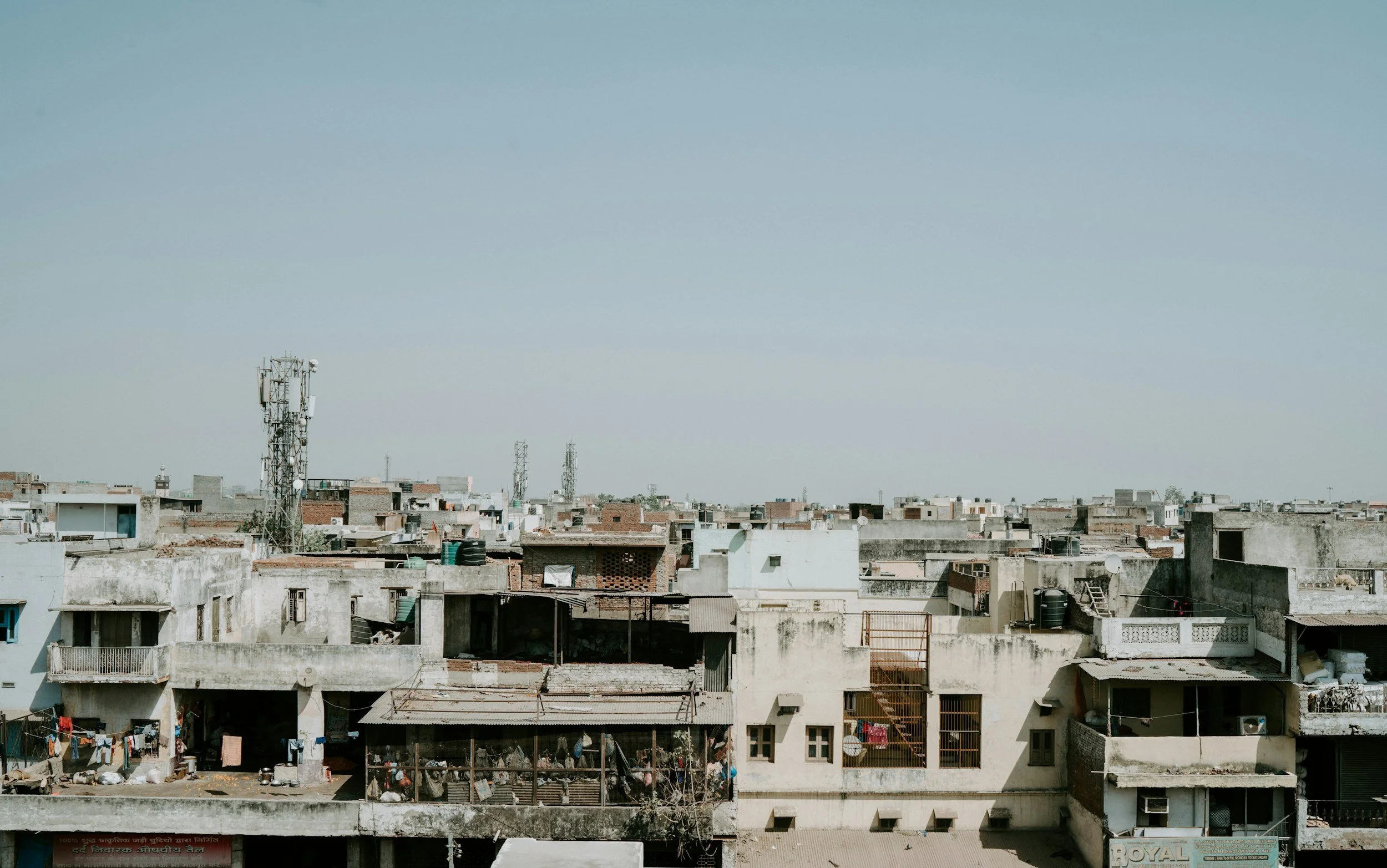By: Surjit S. Bhalla and Karan Bhasin
India has been at the center of the world poverty debate for the last 50 years. Indeed, the Indian poverty line has been an important input into the construction of the World Bank extreme poverty line. While we do know that global poverty has declined significantly over the last decade, with much of the decline coming from China and India, India’s contribution has not often been well understood or appreciated. In fact, India’s recently released Economic Survey (an annual economic report prepared by the Ministry of Finance) rather surprisingly did not provide any update on India’s progress in combating poverty.
The last official poverty headcount ratios (percentage of people below the poverty line) for India are only available for the year 2011-12. Data quality considerations meant that 2017-2018 data was never released. However, the release of two successive Household Consumption Expenditure Surveys (HCES) for 2022-23 and 2023-24 make it possible to provide an update on India’s success at poverty alleviation. The HCES is a nationally representative survey conducted by the Indian government to collect detailed information on household consumption expenditures. These surveys were used for preparing poverty estimates in India by the erstwhile Planning Commission (now known as NITI Aayog).
These two surveys confirms a few trends. First, India has virtually eliminated extreme poverty, defined as people living below $1.9 per day (adjusted for purchasing power parity or PPP). Those below this extreme poverty line now account for just 0.9% of the population. Second, India reduced overall poverty (defined as those living below $3.2 adjusted for PPP) by 6.7% to 15.1% over the last year, an exceptionally high annual decline. Finally, the 2023-24 survey reflects a continuing drop in consumption inequality, as measured by the Gini Index, with India among the countries with the lowest Gini (excluding Europe).
India’s transition to a lower middle-income country necessitates a rethink on many aspects of the welfare state. There is a definite need to revisit India’s poverty lines and evaluate existing welfare programs. For example, India continues to give free food to 800 million people, but this free food is carbohydrate intensive. More balanced food subsidies that are better targeted to the genuine poor will improve nutritional outcomes and would representative a better approach to food insecurity.
Surjit S. Bhalla is the former Executive Director for India, Bangladesh, Bhutan and Sri Lanka at the International Monetary Fund, and Karan Bhasin is a Non-Resident Fellow at ORF America.


